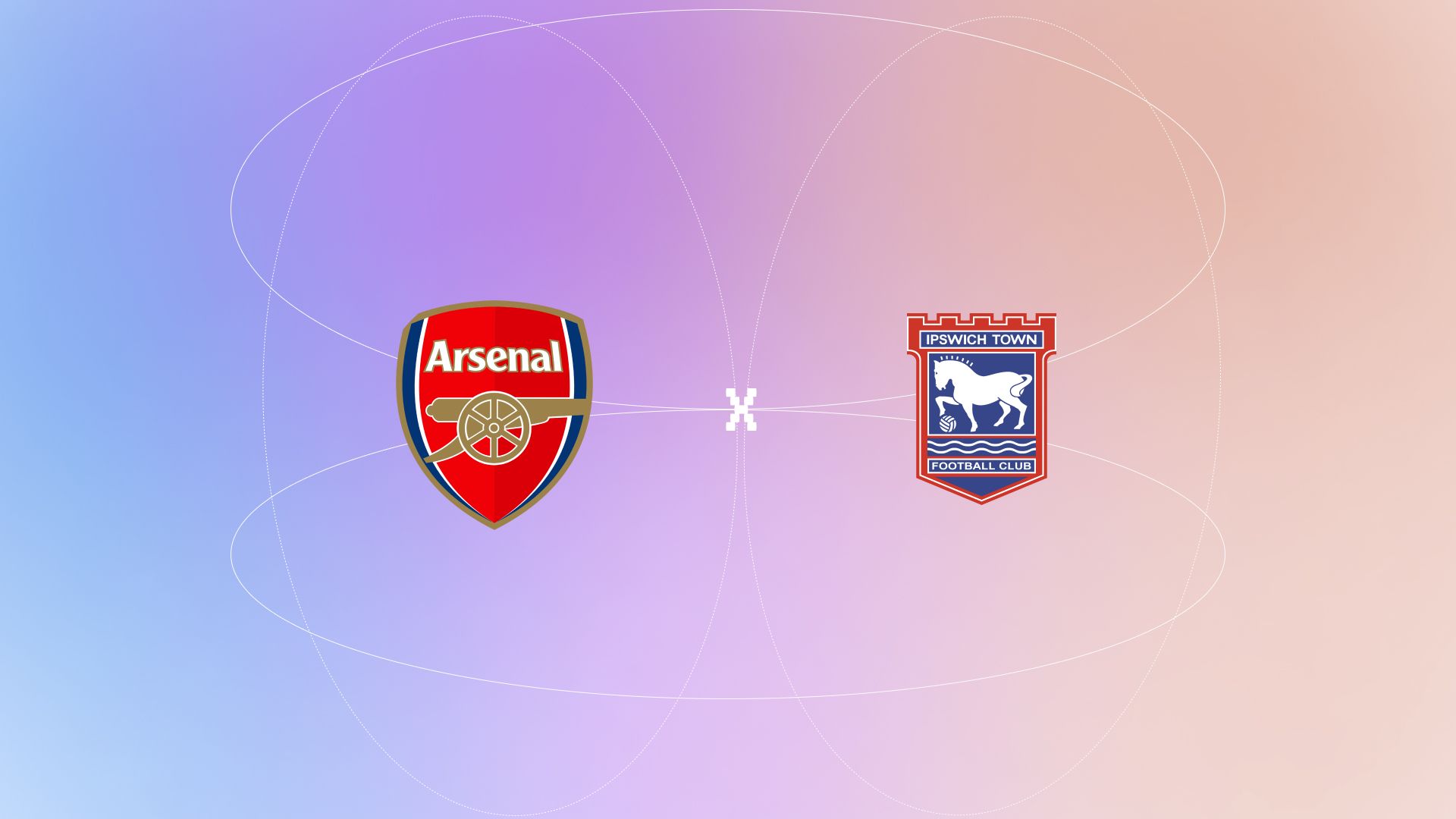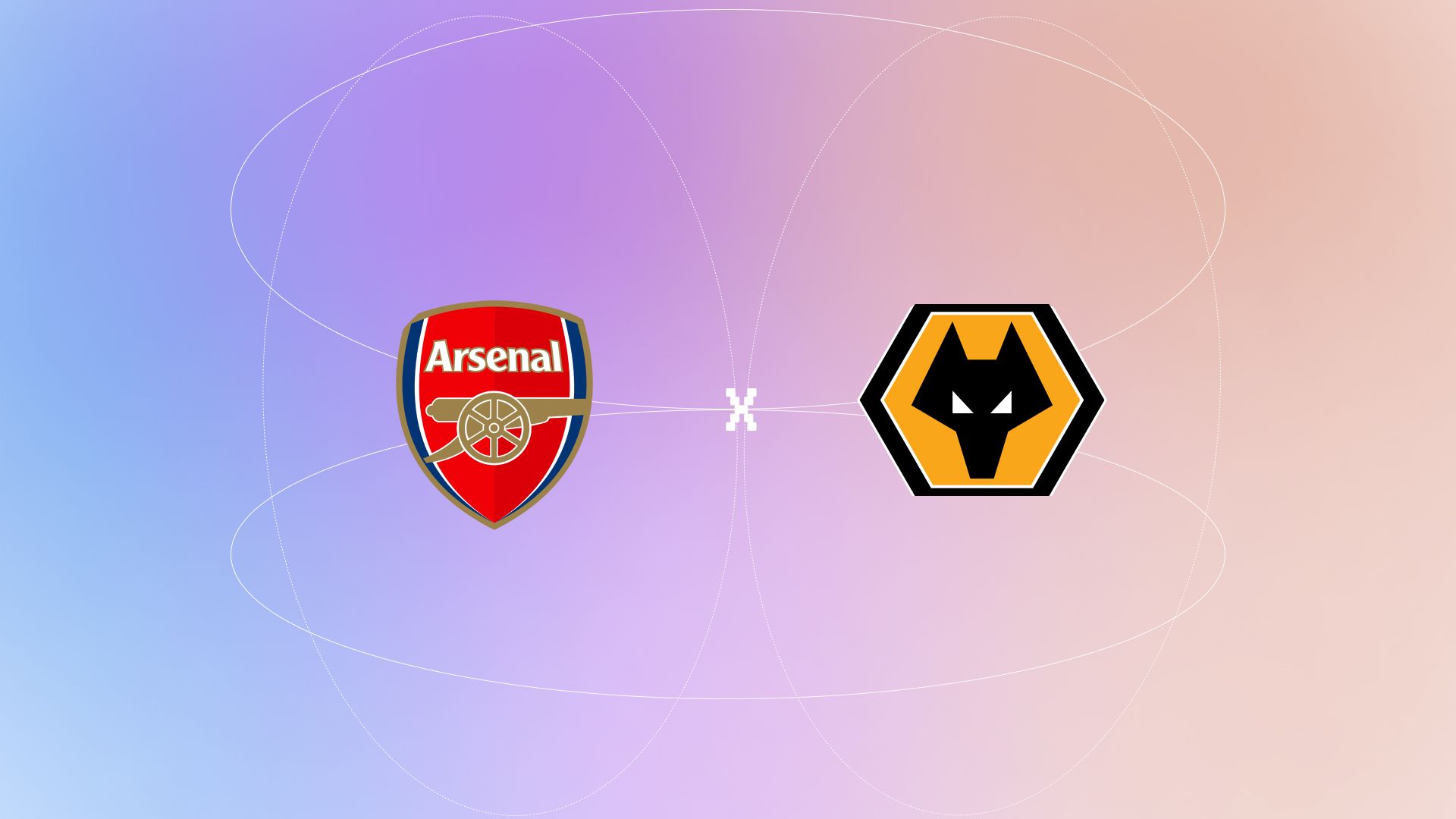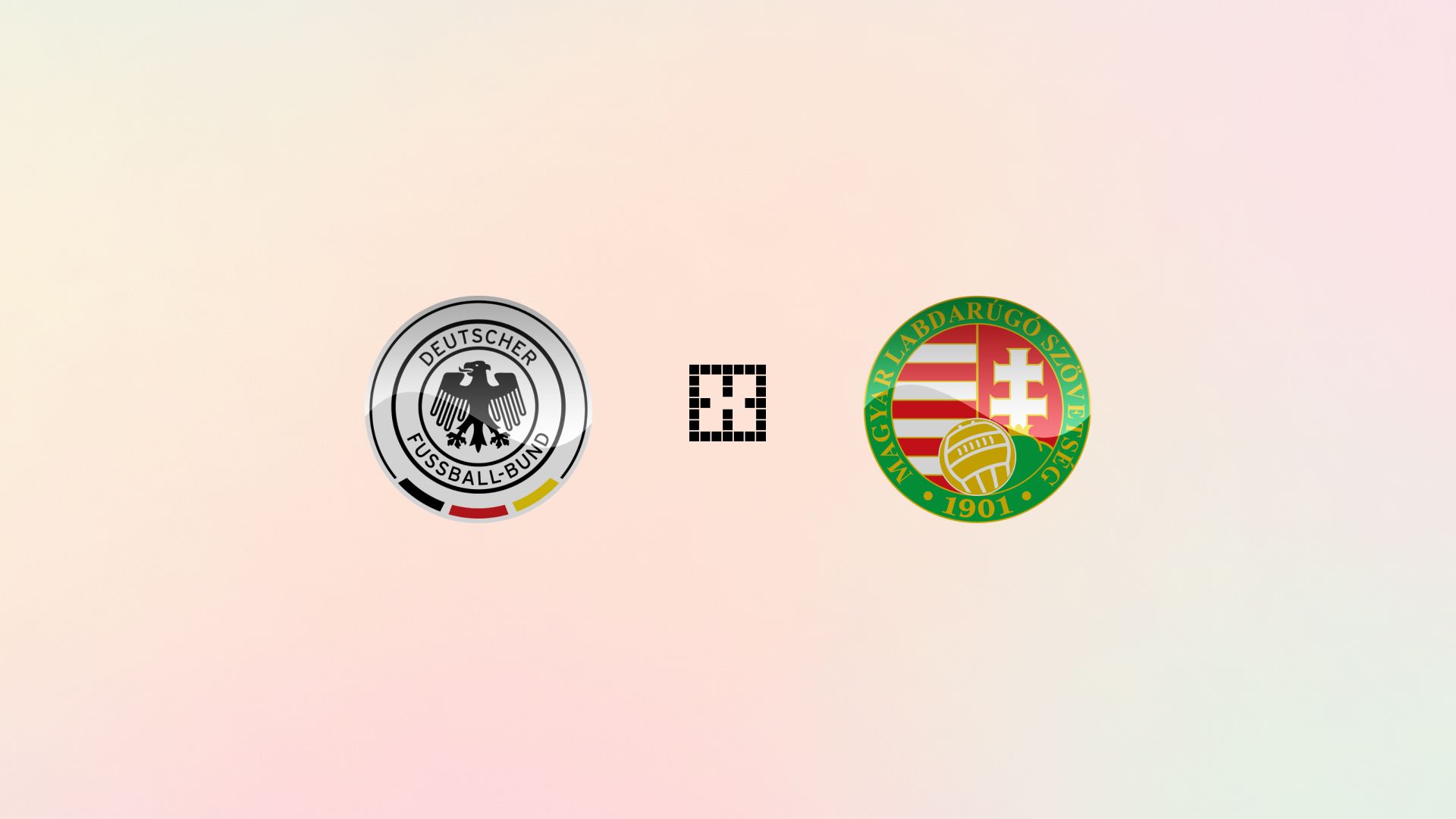Six Tasks of a Soccer Coach
When starting on your journey as a new coach framing your responsibilities is a challenging task. A coach naturally has to wear a lot of hats. Defining your roles and responsibilities helps in determining where to focus your energy. US Soccer provides the Six Tasks of a coach as a means to outline these responsibilities. In this post we will be focusing on managing the performance environment.
Managing the performance environment
The environment that you create as a coach is a very important aspect to consider when working with teams of all ages and levels. The environment can reference a lot of different areas but at its core it refers to creating and setting expectations, and maintaining a safe space where players can develop athletically and personally.
The first thing that we need to ensure is that our playing environment is a safe one for our players. Safety is comprised of both physical safety and psychological safety. When talking about physical safety we are considering whether there we have an environment that is free of items that can harm players. We don't want to put the players in danger when we ask them to participate in activities, so a coach needs to always ensure that the environment is safe. Some questions to consider when considering physical safety:
- Are there hazards in the playing area? (Sharp objects, obstacles, ditches in the playing surface)
- Are the goals secure and safe?Is there sufficient light for clear visibility?
- How's the weather? (Too cold, too hot, lightning)
-Are there suspicious characters hovering around the field?Are players properly equipped to participate in practice?
Psychological safety is more challenging because it's not only determined by the things that you see, but also through those that you can't. Is the environment that the coach is creating inclusive of all people and personalities and does it allow participants to be themselves? The obvious things that can be looked for are bullying, hazing, abusive language, and targeting. If behaviors such as these are spotted, putting an end to them there and then is important in maintaining the safety of your environment. Having an environment where players are unsafe is detrimental, because that prevents a player from enjoying the game and developing holistically.
Coaches also have to be mindful as to how their own communication, actions, and behaviors are contributing to creating an unsafe environment. Coaches are in a position of authority, so their words hold a lot of weight, communicating in appropriate means is paramount. It's a balancing act because on one hand you need to tell the players what they need to hear in order for them to develop, sometimes those words need to be strong, but even in those situations how those words are delivered needs to remain at the forefront of the coaches intentions.
Setting expectation levels between players, coaches and team stakeholders is also key to your success. Working with teams is a rewarding but often challenging task, sharing a common base of understanding around expectations can help to diminish a lot of those challenges.
- What is the team working towards?
- How are we expected to behave at practice and at games?
- What is the appropriate response when players miss practice?
There are so many questions of a similar vain that can be asked to help set the expectations around your performance environment. Answering these questions early and having the players participate in the setting of these expectations gives them ownership. Ownership means they care. Having players that care means maintaining the standards in your performance environment becomes easier. Levels between teams can be different, but the expectations that lead to productive environments are grounded in the same core principles. Communication, commitment, and standards. These expectations could be realized by explicit rules such as the following:
- Players and coaches will attend all practices.
- When at practice all participants are focused on developing and improving.
- Communication will be respectful and honest.
- Compete with everything that you have.
This list can be fleshed out with more expectations and consequences for failing to adhere to team expectations, but this is a great starting point.
In forthcoming posts, we will delve deeper into the remaining tasks of a coach, continuing our exploration to aid in your coaching journey. Stay tuned for further insights and guidance.




